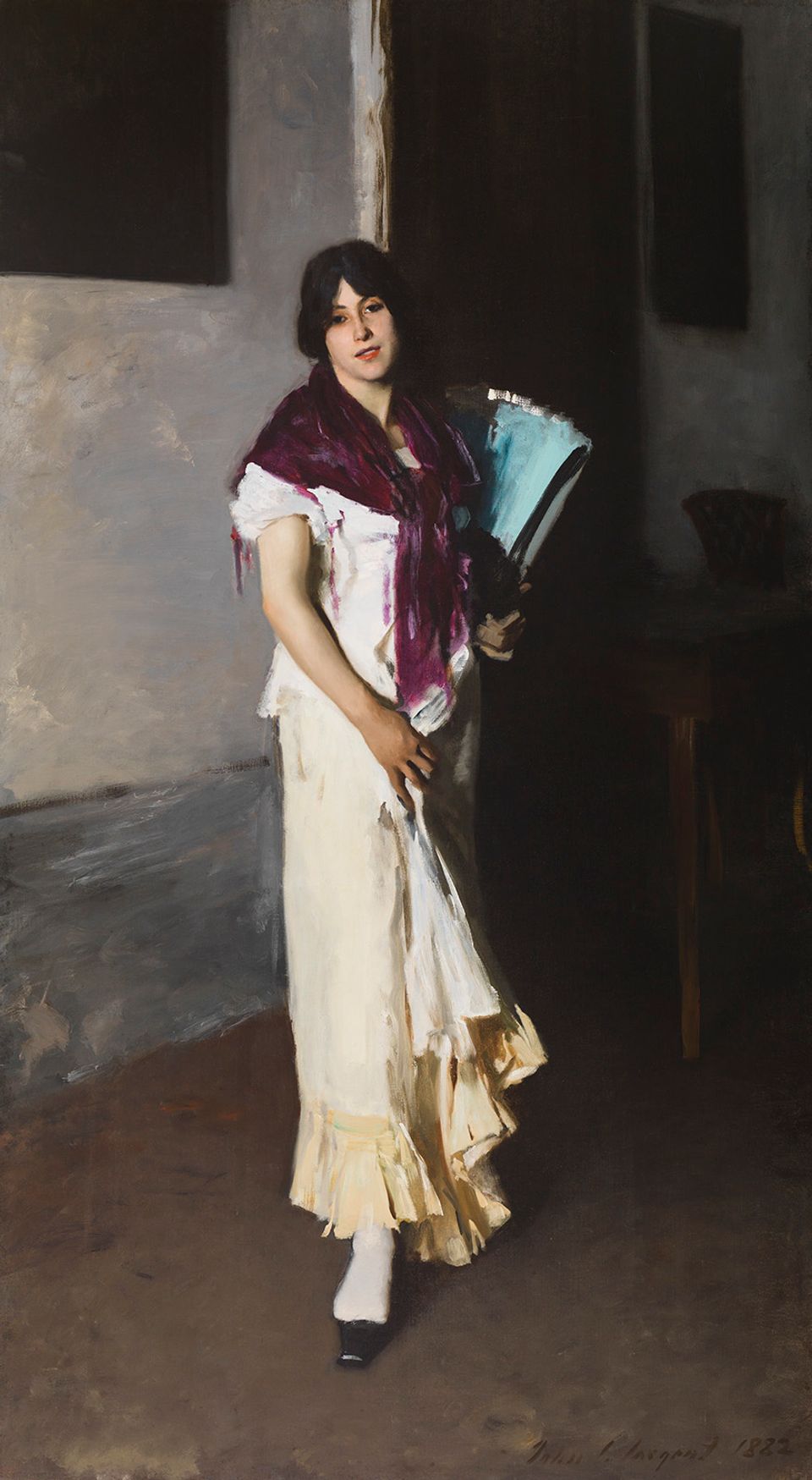William Henry Holmes
- Biography
Holmes led a remarkably varied life as an anthropologist, archaeologist, artist, draftsman, explorer, geologist, government official, and museum director. While studying under Theodor Kaufmann in 1871 in Washington, D.C., he met Fielding B. Meek of the Smithsonian Institution, who hired him to illustrate his paleontological reports. This was Holmes's first assignment requiring detailed drawings of fossils and other specimens. In 1872–79 he worked with geologist F. V. Hayden as a geologist-artist on Hayden's western surveys. Highlights of these years include travels to Yellowstone, discovery of the Mount of the Holy Cross and the Mesa Verde cliff dwellings in Colorado, and friendships with William H. Jackson and Thomas Moran. In 1880 Holmes worked with Major Clarence E. Dutton, preparing highly detailed topographical drawings of the Grand Canyon region for Dutton's Tertiary History of the Grand Cañon District (1882). Holmes later worked in the Field Museum of Natural History and taught anthropology at the University of Chicago. He then directed the Bureau of American Ethnography and National Gallery of Art (now the Smithsonian American Art Museum) in Washington, D.C.
References
Cosentino and Glassic, Capital Images, 210, 214–18, 262–63; William E. Goetzman, "Limner of Grandeur: Wiliiam H. Holmes and the Grand Canyon," American West 15 (May–June 1978): 20–29; Nelson, "Holmes," 252–78.
William Truettner, ed The West as America: Reinterpreting Images of the Frontier, 1820–1920 (Washington, D.C. and London: Smithsonian Institution Press, 1991)














